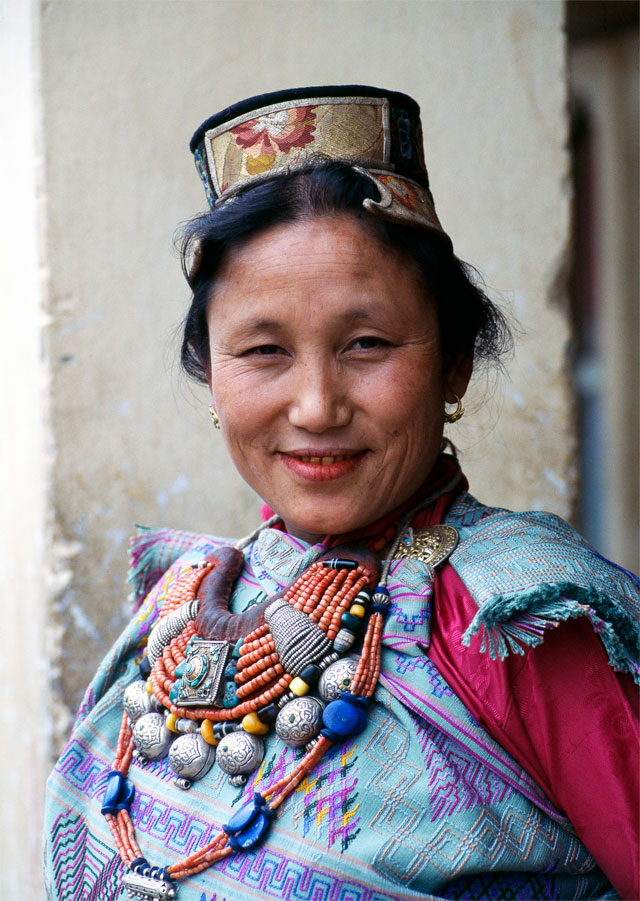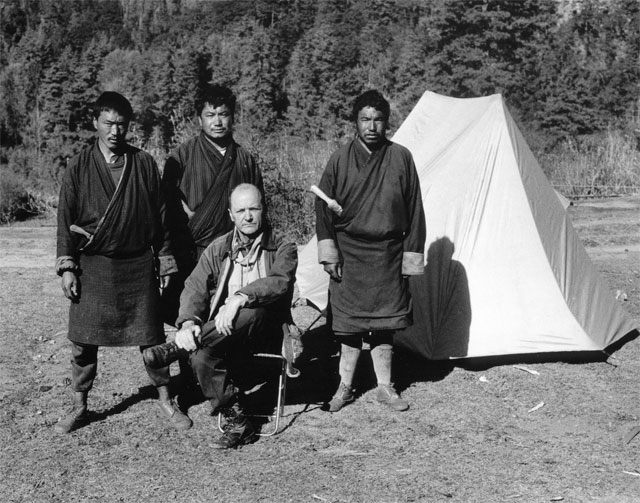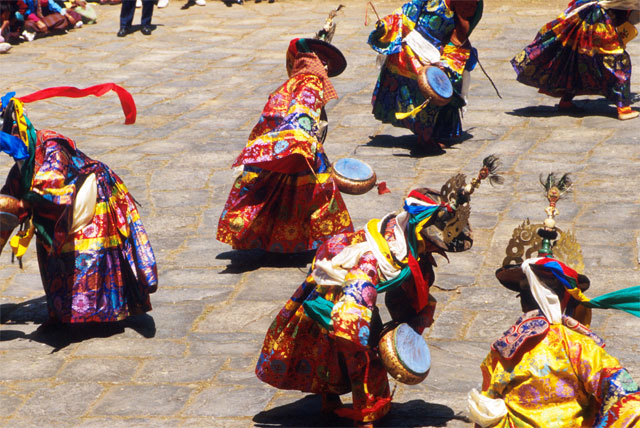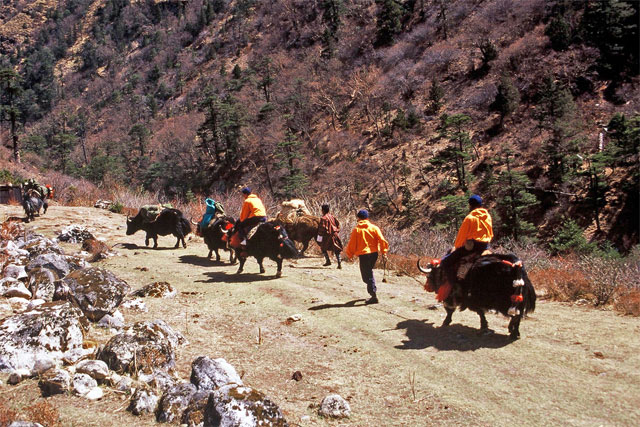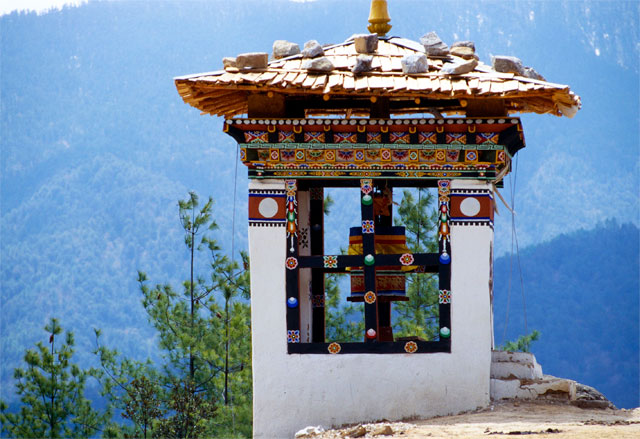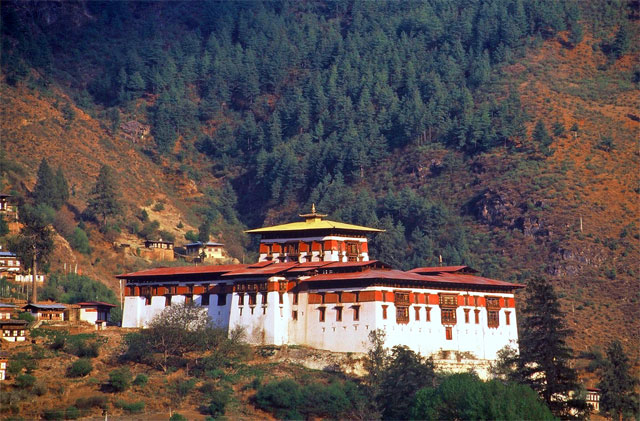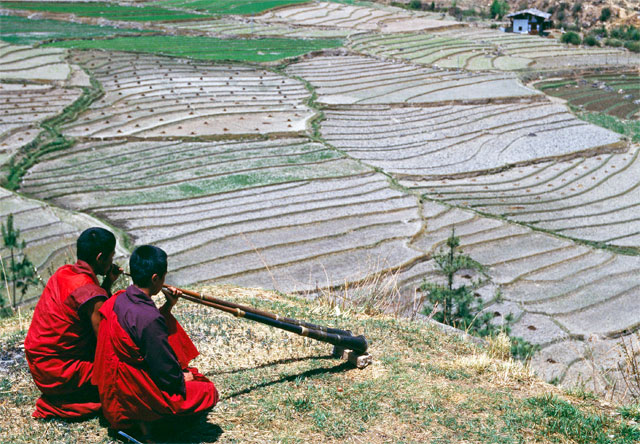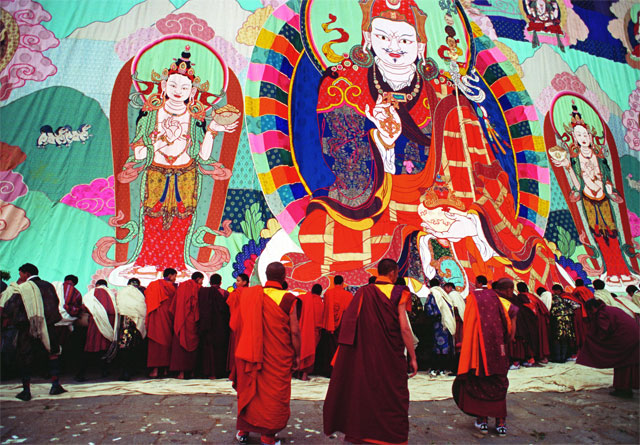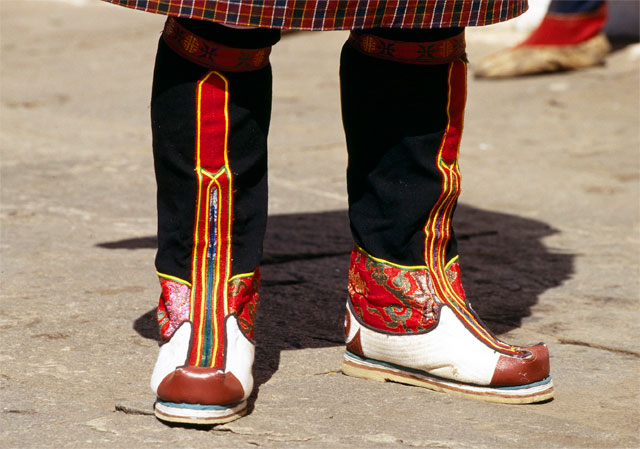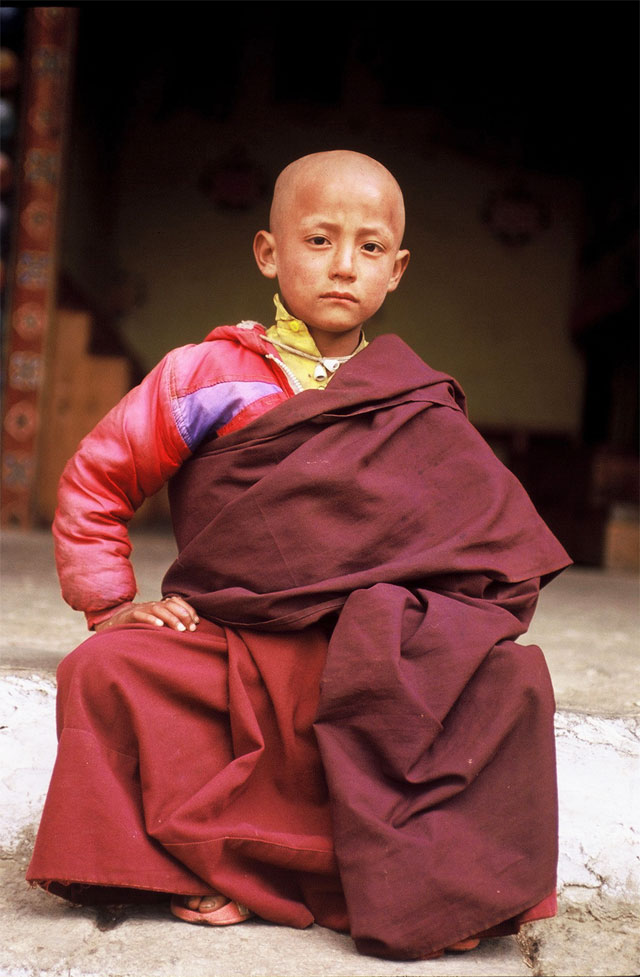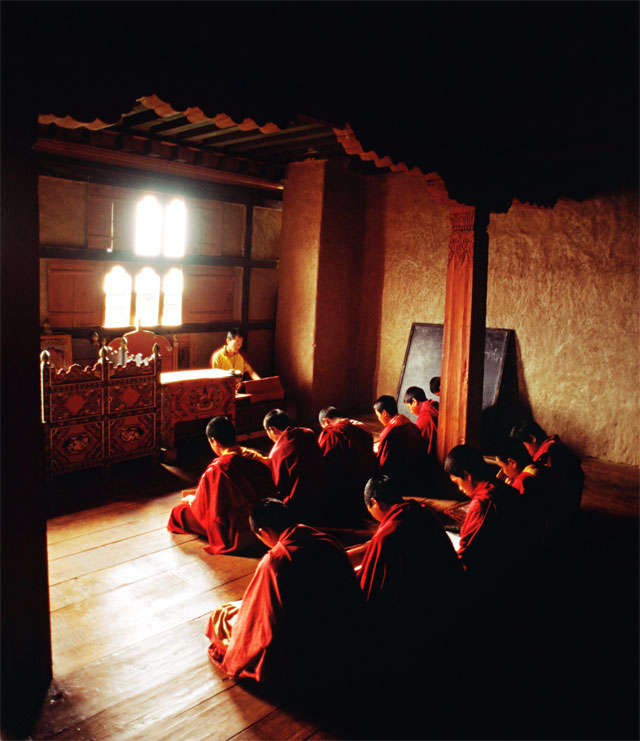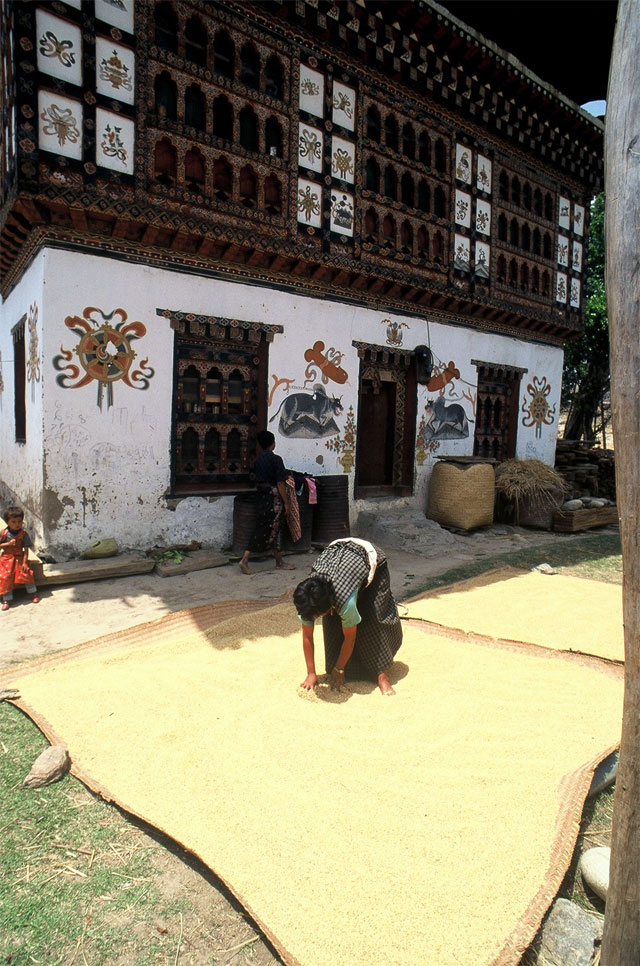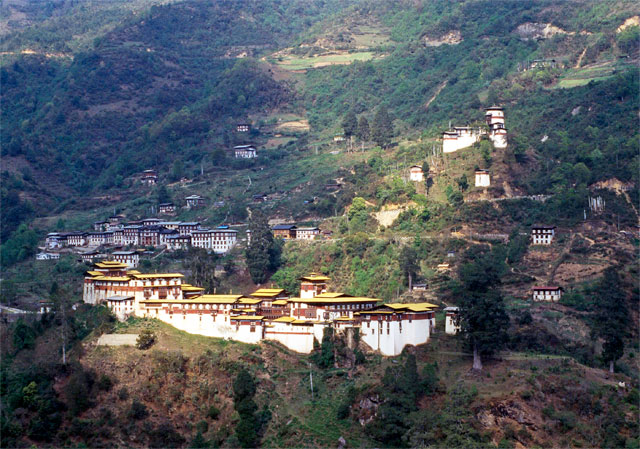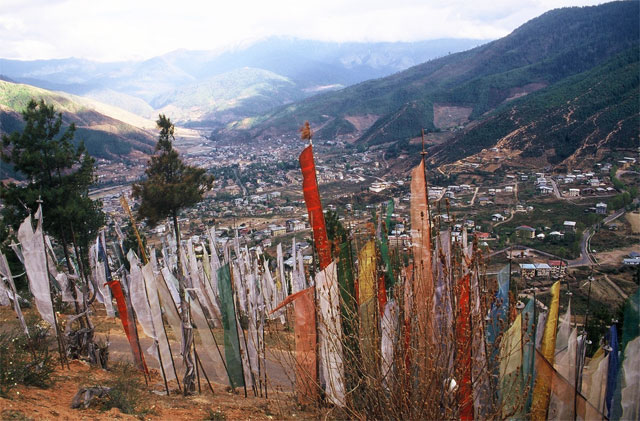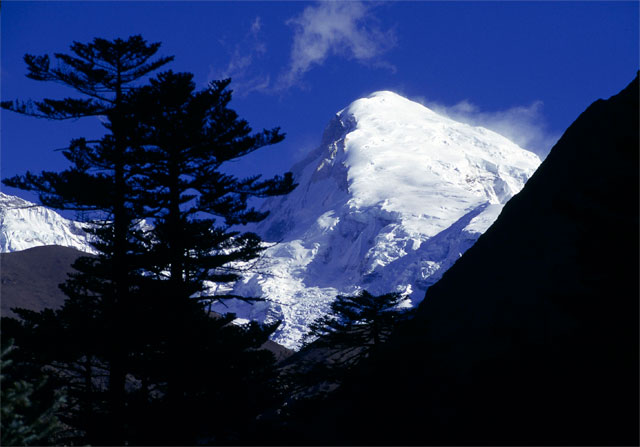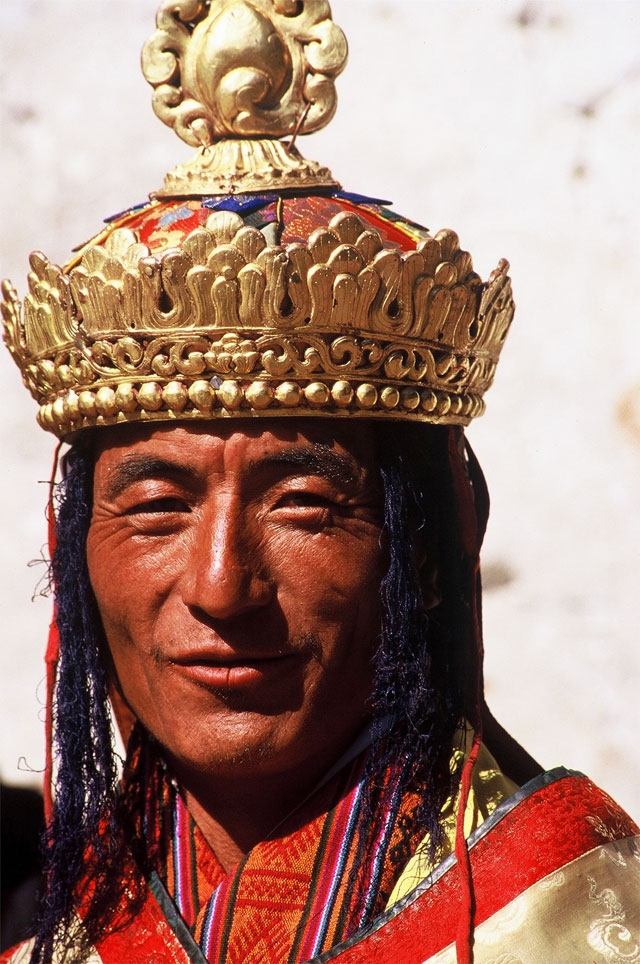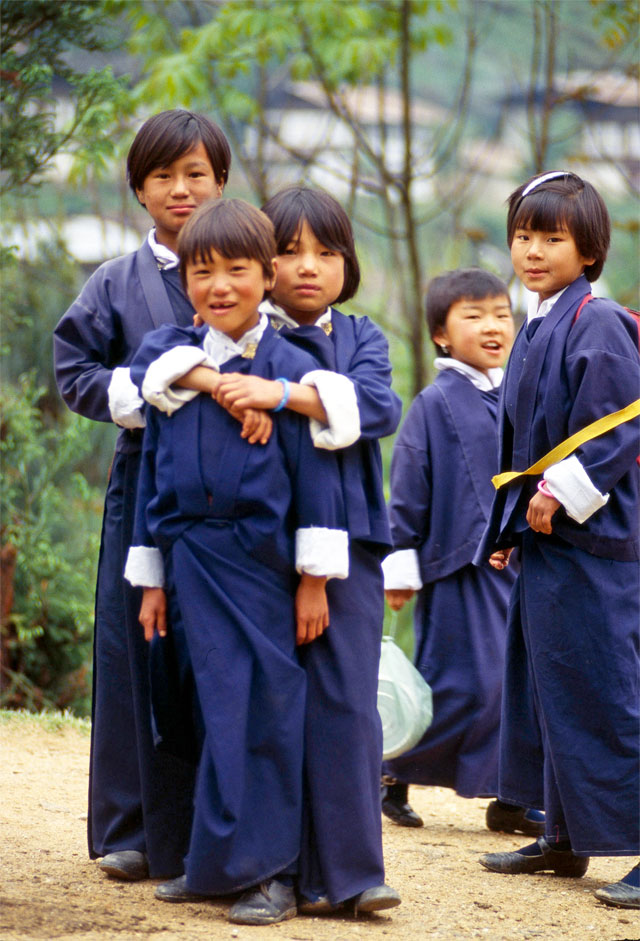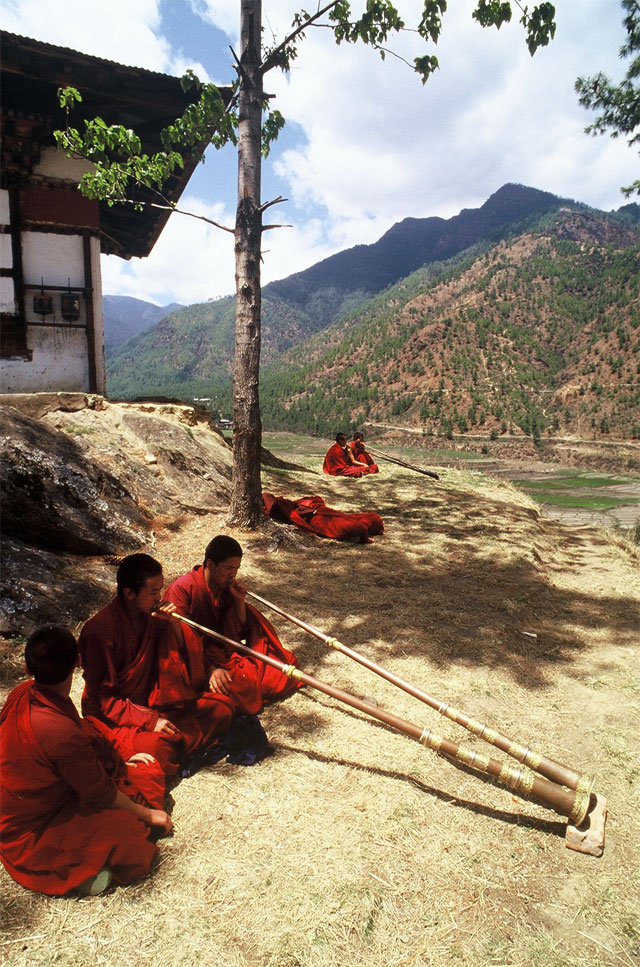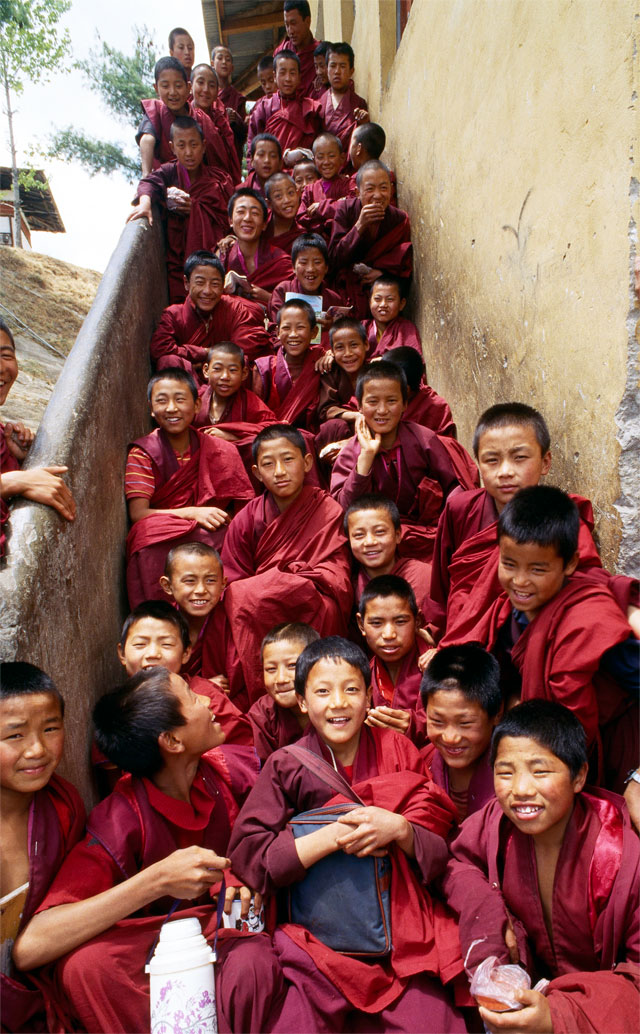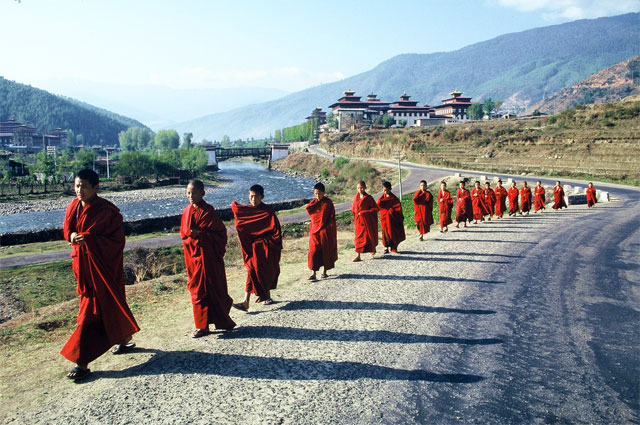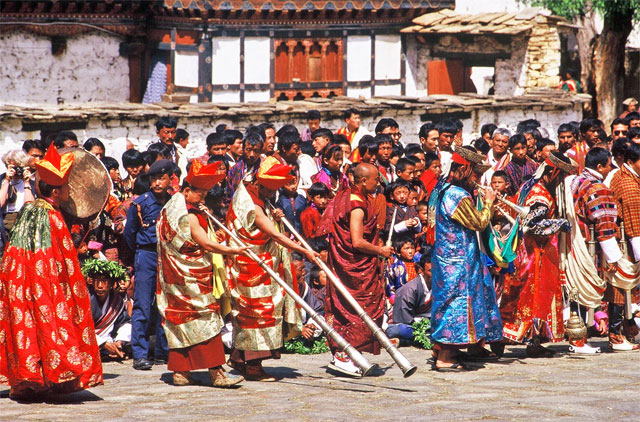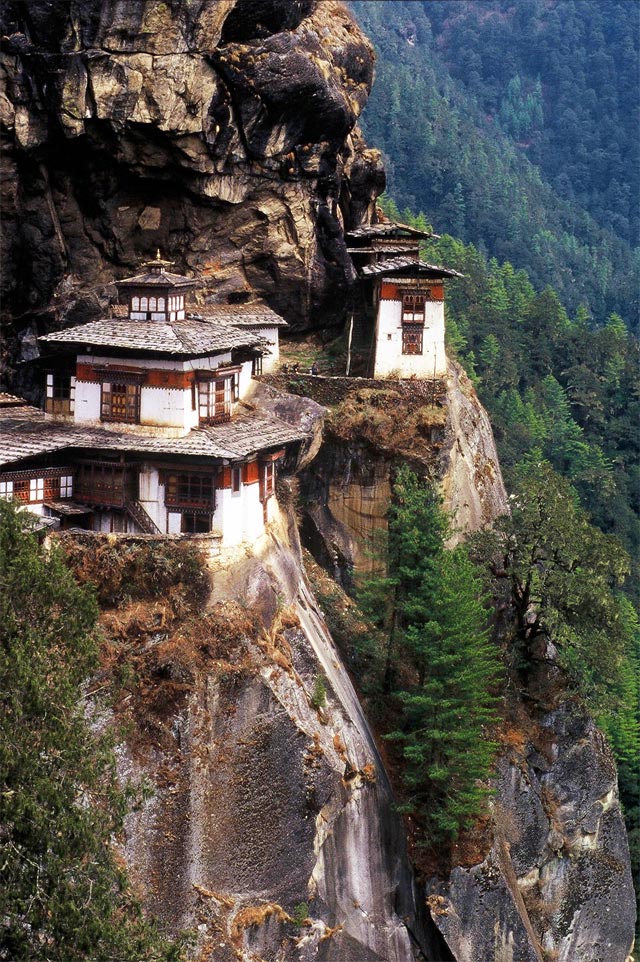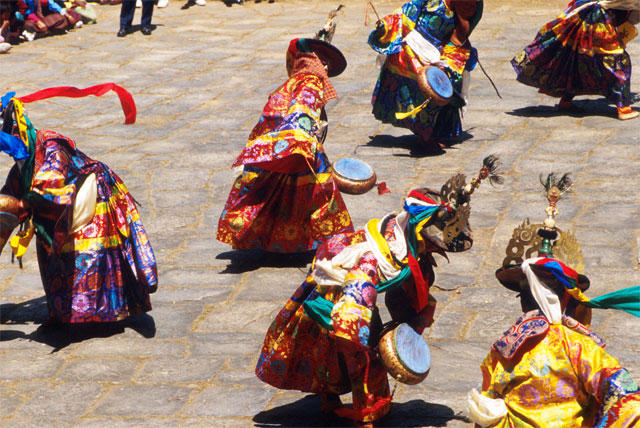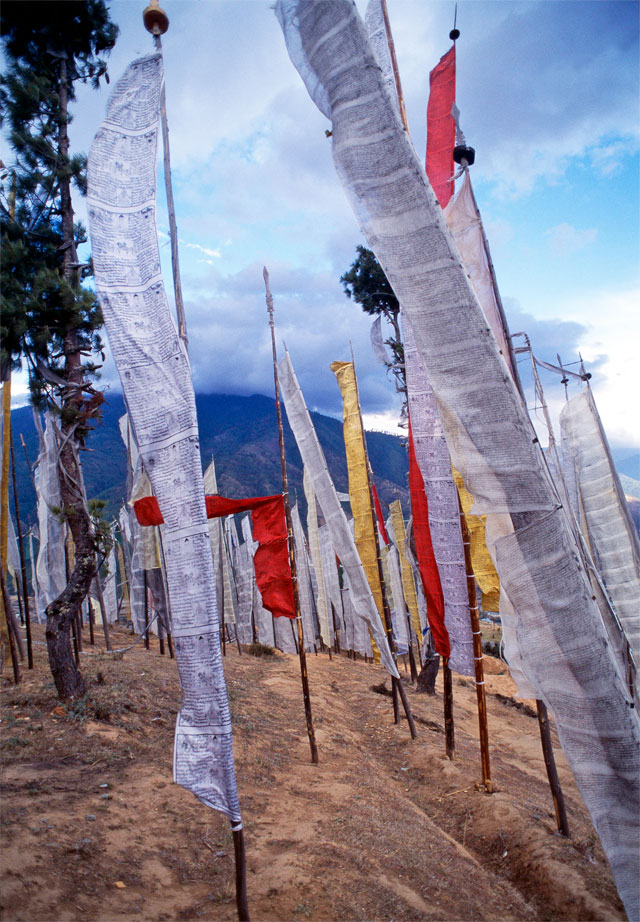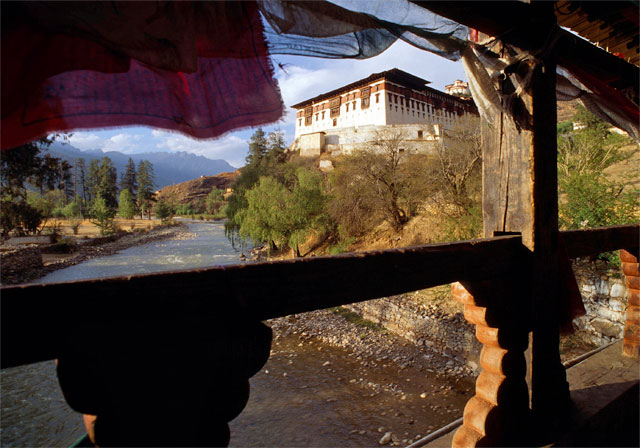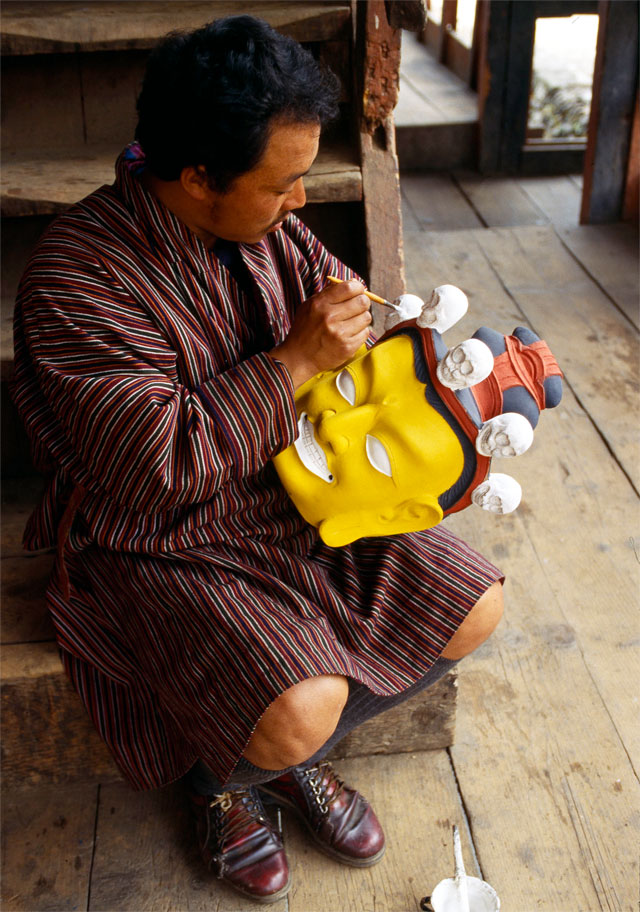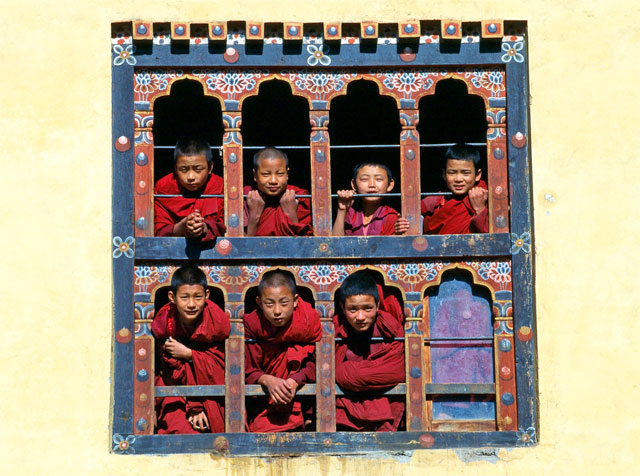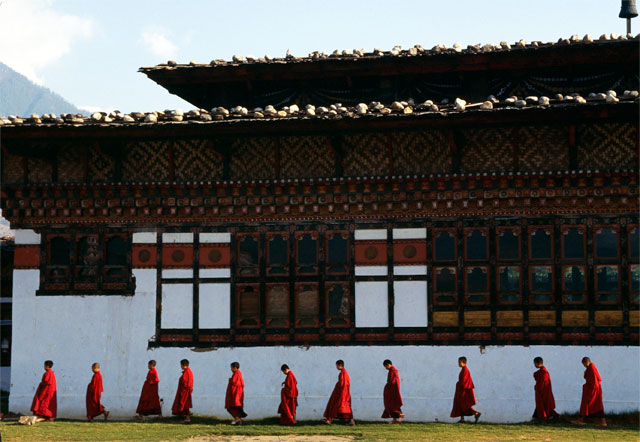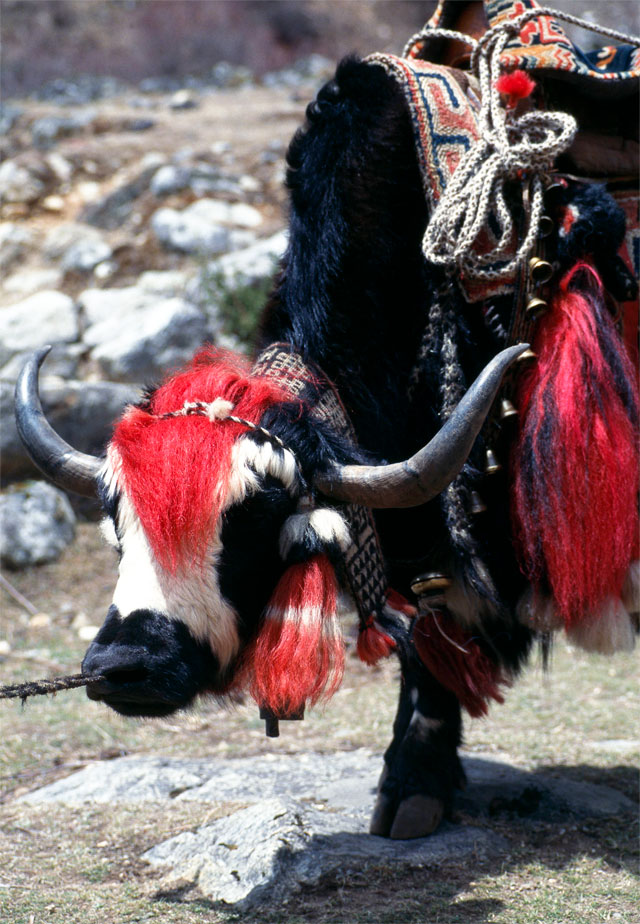Bhutan, a small Himalayan kingdom with an area smaller than that of Switzerland is sandwiched between India and China and has kept many of its secrets from the rest of the world. Today, this mysterious country, hermetically sealed and not familiar with Coca Cola or even space travel, is now cautiously opening its doors.
The country’s authorities emphasize that everyone is interested in their country’s development, but progress cannot affect their deep cultural roots or disturb the balance of the natural, beautiful and rich environment. For this reason, there is no mass tourism here yet, and during the year, only three thousand entry visas are granted. Unlike nearby Nepal, where over 300,000 foreigners spend their holidays every year, only organized tourism is allowed in Bhutan. To receive a promised visa, you must first pay, in advance, 200-300 dollars for each day of stay, which ensures you are provided with a hotel, guide and transport.
I arrived in Paro, where the pilot had to show his skills in order to land in a narrow valley surrounded on all sides by mountains. This town has three thousand residents, is located at an altitude of 2,200 m above sea level and has a main street with two rows of houses erected in the traditional style. The object that attracts one’s attention is the picturesque dzong, the massive monastery-fortress, a wonderful construction of white stone, one of the many scattered throughout the country, whose walls even today still breathe power. In the past, these types of monasteries were not only important religious and cultural centers, but also played a fundamental role in the administrative system.
Life here slowly goes on as it did centuries ago, in a rhythm of regular prayers and studies on the Buddhist canon. Today, young boys are learning to read the holy books of Buddhism, become familiar with the arcana of their painting and goldsmith art, and learn the national dances and English. Virtually every family sends at least one son to the monastery at the age of six. Their education lasts ten years, and children live in Spartan conditions, in unheated rooms with no running water and, not to mention, a modest diet limited to rice. It is interesting that one of the forms of monastic education used here is applying severe corporal punishment.
Protecting their tradition and anti-consumption activities applies to everyone here, including the king, who does not live in a palace but in an ordinary villa, drives a common Toyota, and flies abroad in a cruise plane. To this day in this country, there is not a single political party, no trade unions, information is disseminated by radio or the only six page newspaper appearing once a week. Television appeared a year ago.
Only 65 kilometers separate Paro from Thimphu, the capital city, but traveling along the winding mountain roads takes two hours. Thimphu appears at the bottom of a deep fertile valley and is located at an altitude of 2,500 m. The thirty thousand people in the city do not make it look like the capital of the country. Typical mountain houses are built on several streets alongside rows of shops, restaurants and hotels. Dark shops, which are usually owned by Tibetans and Indians, fill the air with the smell of musty fat and dried fish and are packed with a whole range of products: rice, flour, cheese, drinks, clothing, jewelry, and musical instruments. We can also find many valuable, antique products, such as silver bracelets, kettles, long knives and swords, items for worship, carpets, as well as beautiful, primitive Himalayan masks.
I spend the last days of my trip in Paro, where the traditional tsechu, the most important religious holiday of the country, takes place. At the sound of cymbals, horns, drums, pipes and trumpets, monks dance in colorful national costumes. Their movements are developed and directed according to the formulas in religious books. Of course, this is not only an artistic ballet, but above all a religious ritual that aims to expel all evil and ensure the care of deities over the valley.
The same atmosphere that I observed in the move Little Buddha that Bertolucci filmed here in its time transports us into a world that seemed to exist only on the pages of books.















